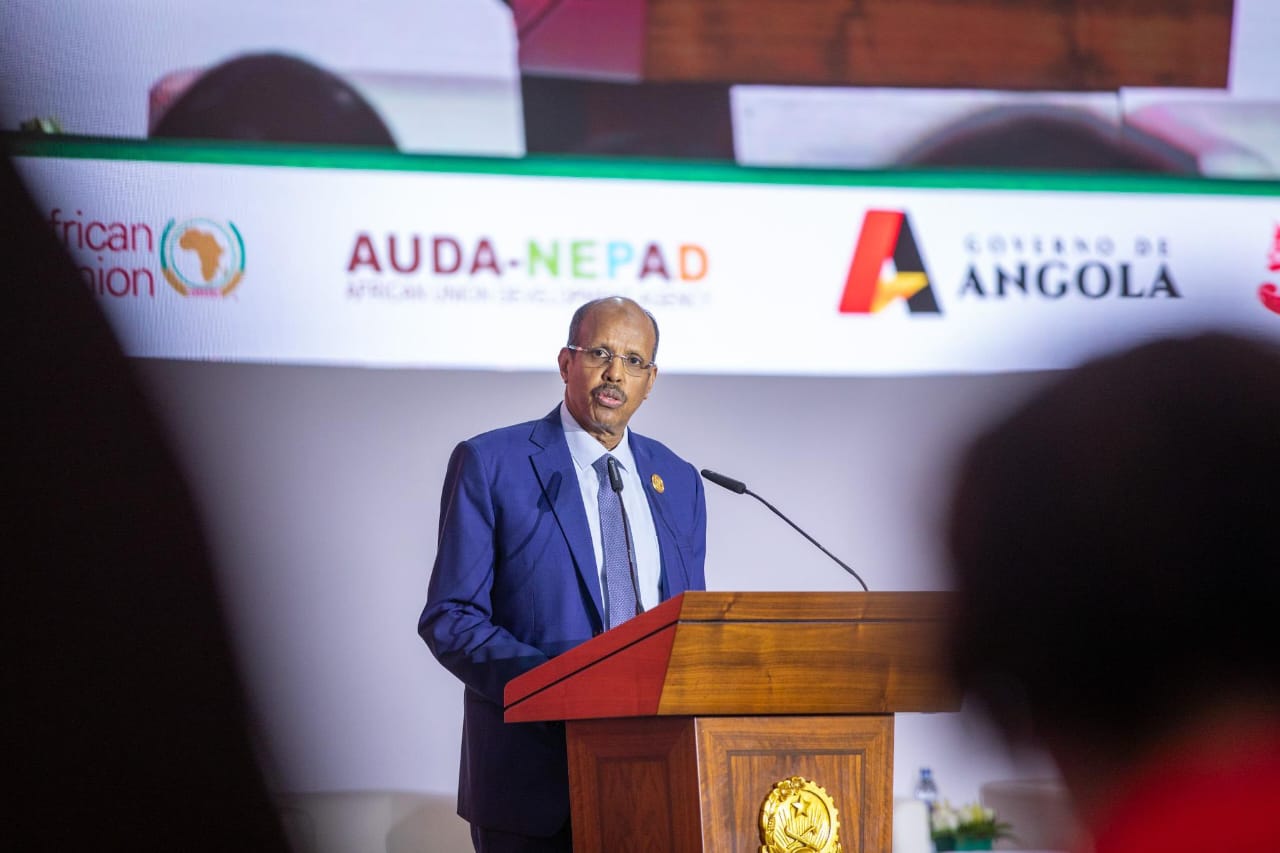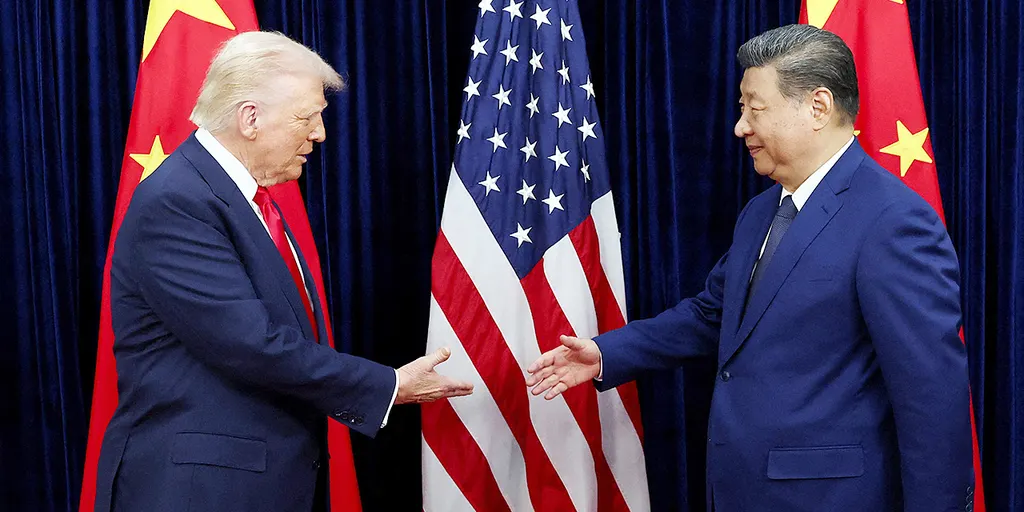By John Chola
In a powerful move toward financial self-reliance, African leaders and financial institutions have unveiled over US$1.5 billion in new infrastructure deals and issued a clarion call for up to US$170 billion in annual investment to build the continental backbone required for trade and economic sovereignty.
The Third Financing Summit for Africa’s Infrastructure Development, held in Luanda and hosted by the African Union (AU) and its development agency AUDA-NEPAD, marked a strategic shift from aid dependency to African-led investment.
The summit’s theme, “Capital, Corridors, Trade,” underscored the critical link between physical infrastructure and the success of the African Continental Free Trade Area (AfCFTA), a US$3.4 trillion market.
“We must move from words to action,” declared Joao Manuel Goncalves Lourenco, President of Angola and Chairperson of the African Union, setting a decisive tone for the gathering.
The event served as a launchpad for several high-impact financial vehicles designed to attract and deploy capital at scale.
The African Union Development Agency (AUDA-NEPAD) announced three key Memoranda of Understanding (MOUs) that collectively aim to mobilize billions for strategic projects.
Key Deals and Financial Vehicles
The most significant announcement was a partnership between AUDA-NEPAD and the Alliance of African Multilateral Financial Institutions (AAMFI) to establish the AU-AAMFI Infrastructure Financing Facility, with a target of US$1.5 billion in investments.
This facility is designed to blend public and private capital, creating a scalable model for funding cross-border projects.
In a move to tap into deep pools of domestic capital, a second MOU with the African Social Security Association (ASSA) will explore the creation of an Infrastructure Development Fund for Africa (IDFA).
This fund is envisioned to channel a portion of Africa’s vast pension funds into infrastructure, leveraging local savings for local development and deepening continental capital markets.
A third partnership with renewable energy consortium CATA Energy will establish the Africa Green Transition PPP Fund, focused on attracting private investment into solar, wind, hydro, and storage projects.
This initiative aligns with the continental Africa Single Electricity Market (AfSEM) strategy.
“We can no longer treat financing as a fragmented market of scattered deals,” said Nardos Bekele-Thomas, CEO of AUDA-NEPAD. “We must transform it into a unified strategy.”
A New Investment Playbook for a Sovereign Continent
The summit signaled a fundamental change in Africa’s approach to development finance.
Mahmoud Ali Youssouf, Chairperson of the African Union Commission, reframed infrastructure as a geopolitical imperative.
“We are shifting from a logic of assistance to a logic of alliance,” he stated. “What we are building here are not merely roads and bridges. We are building an Africa that is connected, confident, and sovereign.”
For global investors, the message was clear: Africa is not just seeking capital; it is architecting profitable, bankable opportunities within a strategic framework.
The creation of these new funds provides clear pathways for institutional investors, multilateral lenders, and private equity to participate in Africa’s infrastructure revolution.
The Luanda Summit concluded with a palpable sense of momentum, demonstrating that the continent is now focused on converting political vision into financial velocity.
As the deals signed there move toward implementation, they represent a tangible step in financing Africa’s own future.








Leave a Reply